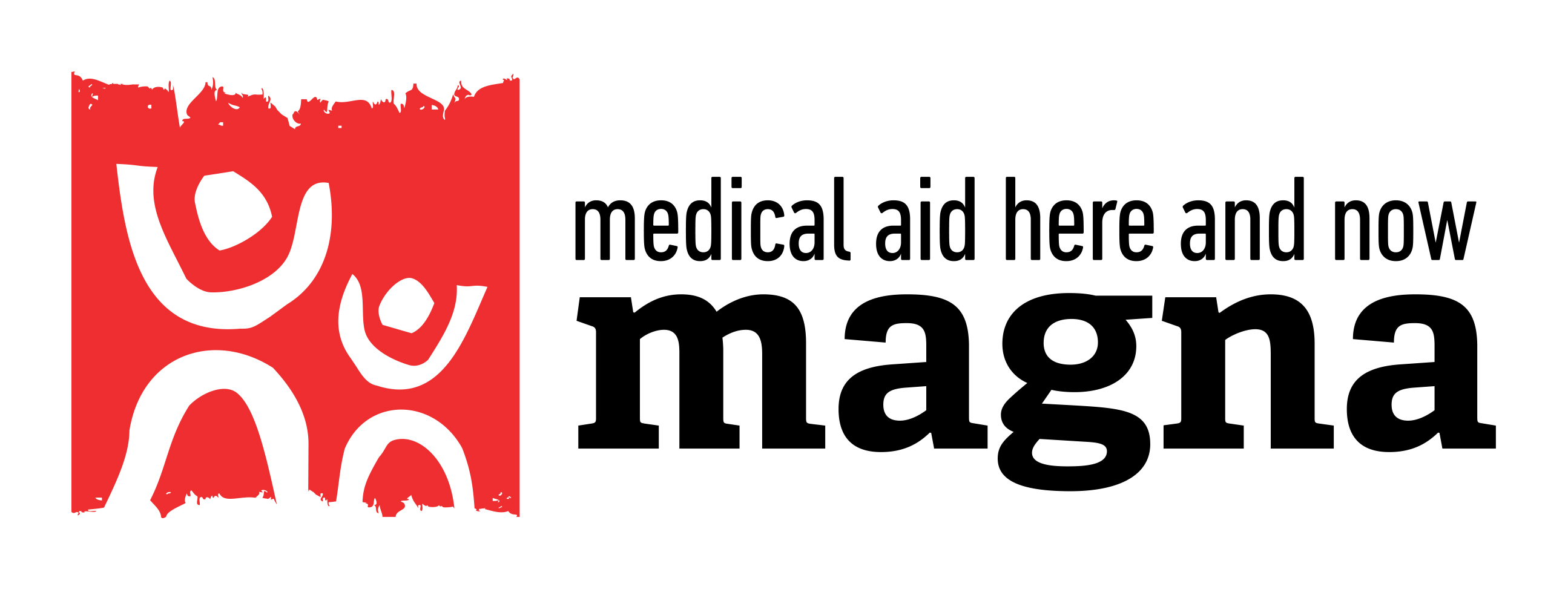A girl who survived
“When I was a very little girl I heard people around me talking about HIV or AIDS, even about HIV being a deadly disease. It was always simply linked to something bad. I don’t remember my father. My mother died when I was still young but I remember how beautiful she was and I’m very happy that I’ve got a photo of her. She was a brave woman with bad luck,” says the 16 year-old girl from Cambodia, holding a photo of her Mum in her hand.
Pheap lives in the MAGNA centre for orphans with HIV/AIDS together with another 44 young adults and children. She went there in 2005 after her Mum died in a hospice. At that time the 5 year-old Pheap had an advanced stage of HIV/AIDS and if she hadn’t have received help she would have died.
“The start of her treatment was very demanding,” says Denisa Augustínová, director of the MAGNA operational section, who is in charge of HIV/AIDS activities in Cambodia, adding, “Pheap had fourth stage HIV/AIDS, TBC and was very malnourished. However, we managed to rescue her as well as hundreds of other children and young adults.”
Pheap remembers the moment when she realised why she’s ill. “My Mum didn’t have enough time to explain to me how the HIV got into my body and how it spread so much that I had to start getting ARV treatment. But Leakhena, a therapist who works for MAGNA, explained everything to me. She said that the virus in my body kills soldiers who are supposed to protect me against illnesses.”
Pheap is alive thanks to antiretroviral (ARV) treatment, which is a part of antiretroviral therapy (ART). ARV medication is used to suppress the virus and stop it from spreading in the body. In addition, Pheap had to get used to taking medication regularly (she has to take it at a precisely set time), to sleeping well and to eating well. If she abides by these rules in the long-term then she can live more or less without restrictions. She could even give birth to healthy children.
But that’s still a long way away. Pheap first has to study hard. She wants to become a translator some day or a nurse, maybe a therapist to help people and children in a similar situation that she’s in now.
“Children with HIV keep on being born and many of them aren’t aware of their situation. Many constantly come across stigmatisation and discrimination at school and among the public, especially if they want to play with friends or later get a girlfriend or a boyfriend. People like me have difficulty finding work, and they often end up in bad places. I hope that officials will finally understand and accept that children and young adults should get more information about HIV. Not only them though. Teachers for example should be informed about how to deal with us,” says Pheap, who at first impression is a quiet girl, but in reality is a normal, happy teenager who likes having fun and joking around with her friends. “The community has to realise how the disease gets spread. That’s the only way that stigmatisation can be prevented. Please let the testing and medication be available for all children who are born with HIV and have to live with it. It will give them strength to go to school normally and to live a better life,” adds Pheap, a clever student with many dreams. 16 year-old Pheap, a girl who’s living.
Name have been changed to ensure privacy.
MAGNA has been providing HIV/AIDS treatment to patients since 2003. In the past 14 years MAGNA has provided treatment and prevention to thousands of people suffering from HIV/AIDS in countries such as Cambodia, Vietnam, Kenya, Democratic Republic of Congo, Haiti and Nicaragua.
